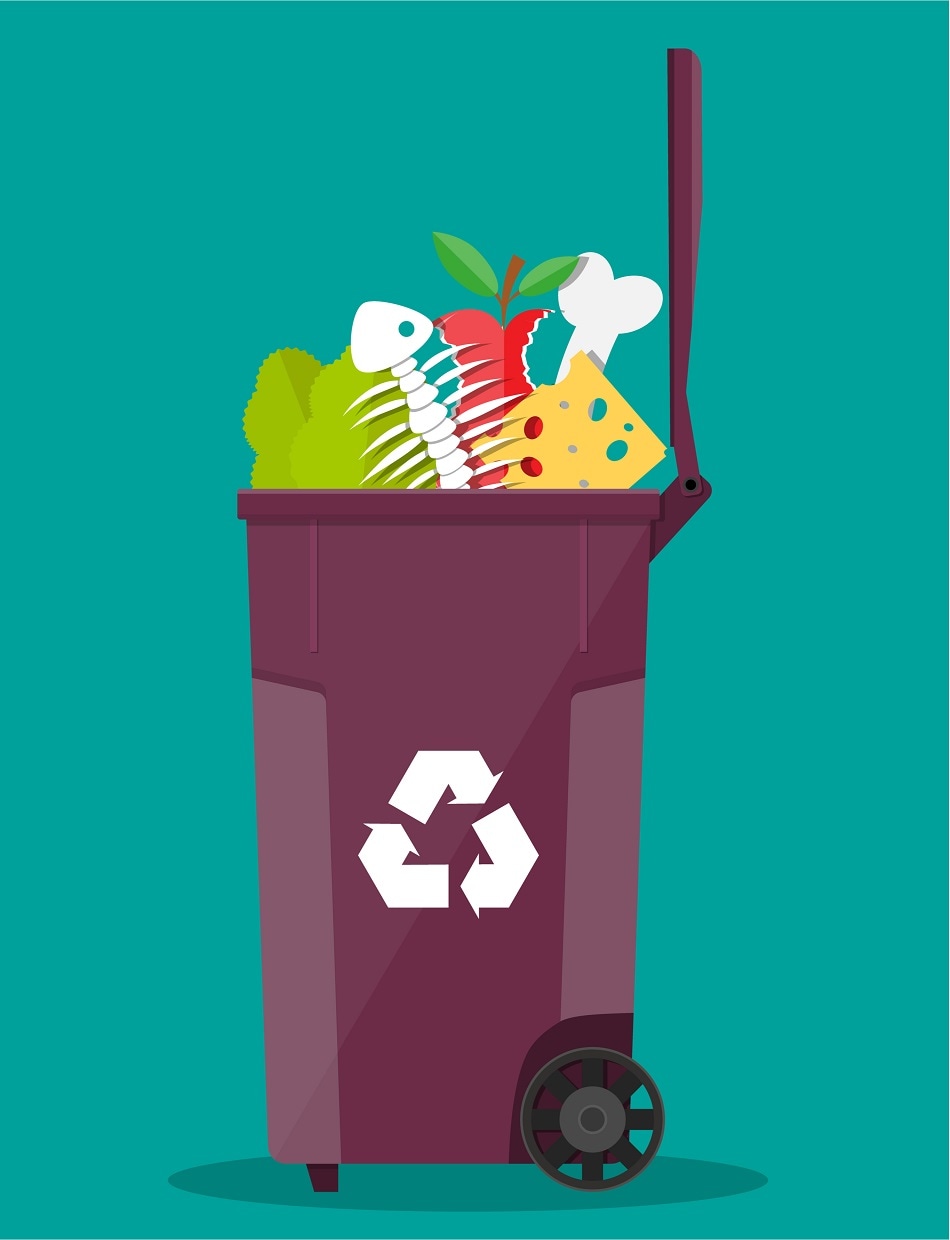Jun 1 2017
 Image Credits: Abscent/shutterstock.com
Image Credits: Abscent/shutterstock.com
A team of researchers from Concordia’s Department of Building, Civil and Environmental Engineering (BCEE) in partnership with Bio-Terre Systems Inc. are keen on tackling global warming in colder climes.
They plan on using cold-loving bacteria to achieve their cause.
In a research published in Process Safety and Environmental Protection, authors Rajinikanth Rajagopal, David Bellavance and Mohammad Saifur Rahaman reveal the viability of using anaerobic digestion in a low-temperature (20 °C) environment to change solid food waste into organic fertilizer and renewable energy.
They made use of psychrophilic bacteria — which flourish in relatively low temperatures — to break down food waste in a specifically built bioreactor. In doing so, they created a particular methane yield which can be compared to that of more energy-intensive anaerobic digestion processes.
“There is enormous potential here to reduce the amount of fuel that we use for solid waste treatment,” Rahaman explains.
“Managing and treating food waste is a global challenge, particularly for cold countries like Canada where the temperature often falls below -20 °C and energy demands related to heating are high.”
He adds that the most frequently used forms of anaerobic digestion need large quantities of energy to heat the bioreactors and sustain temperatures for the bacteria’s ideal performance.
“What we’ve learned is that we can now use adapted psychrophilic bacteria to produce a level of methane comparable to those more common forms, while using less energy.”
‘A promising new research direction’
Worldwide, over 1.3 billion tons of municipal waste is created annually, and that number is estimated to rise to 2.2 billion by 2025. A lot of it gets dumped in landfills where it biodegrades over time, creating biogas, a powerful greenhouse gas mainly composed of methane, carbon dioxide, and hydrogen sulfide.
Without intervention, this methane-rich biogas is a substantial climate threat, as methane has a global warming potential that is 21 times more than that of carbon dioxide.
But, according to the team, engineered anaerobic digestion methods can also be altered to trap such gases and change them into renewable energy.
By using devices such as biofilters, biogas storage domes, or integrated heat and power co-generation systems, for example, methane can be amassed, cleaned, and converted into electricity or heat that can then be replaced for most fossil fuels.
At an agronomic level, the process also adds waste nitrogen- and phosphorus-rich digestate material that can be consequently recovered and used as plant fertilizer.
The method for feeding the bioreactor is unique. It includes a semi-continuously fed constant volume overflow method: the quantity of food waste fed into the bottom opening compels the removal of an equal quantity of treated effluent from the top.
The researchers conducted a number of tests on the extracted material to establish its physicochemical properties as well as to monitor the biogas quantity and quality.
“There aren’t many studies that look into developing new applications for treating food waste,” Rajagopal says. “We hope that this study will mark the beginning of a promising new research direction.”